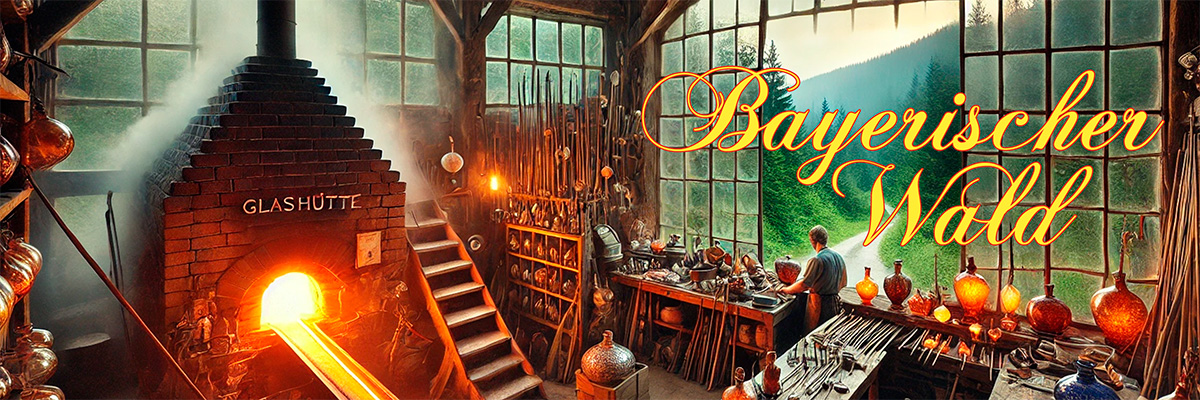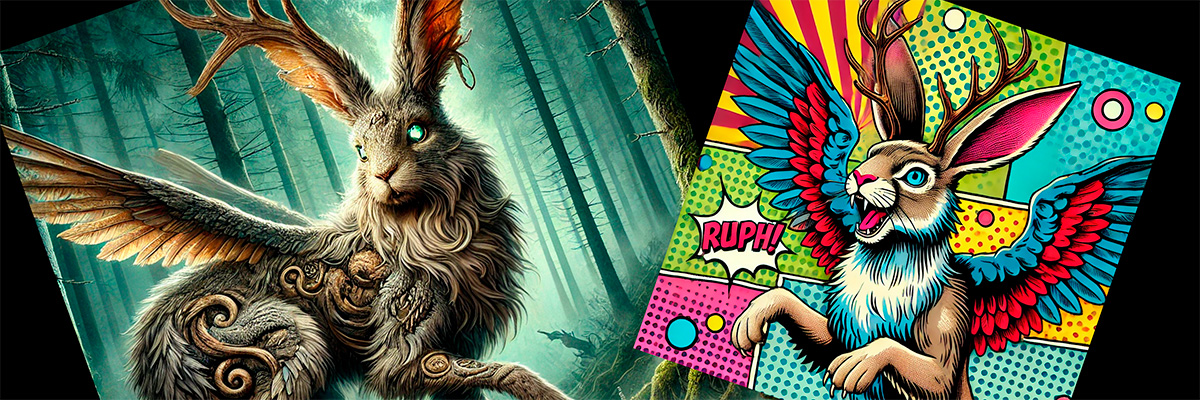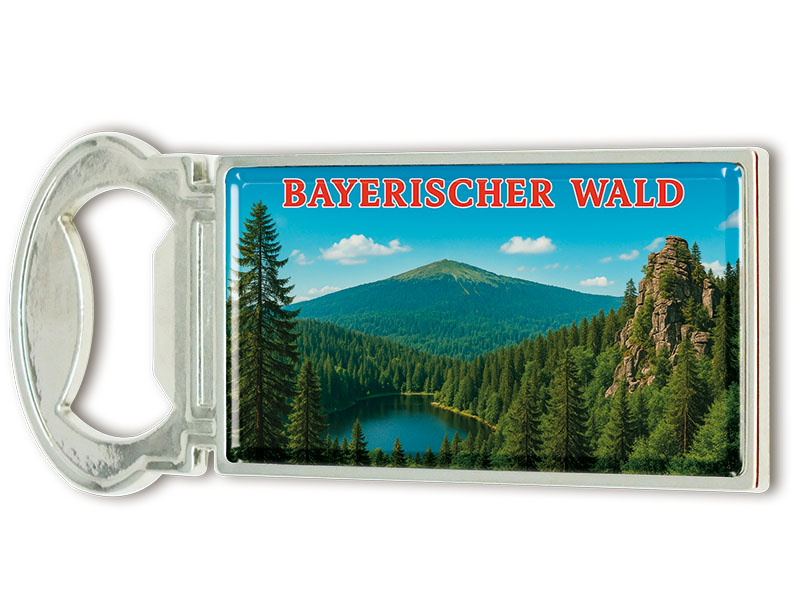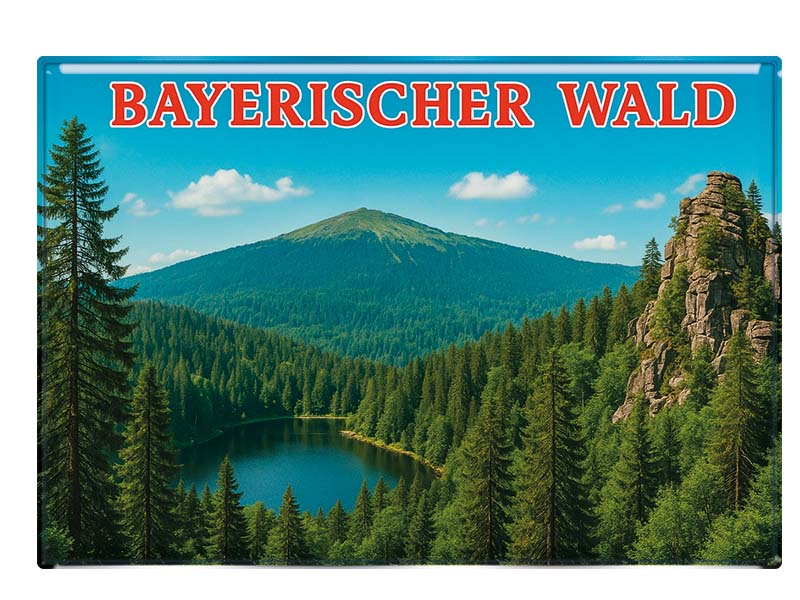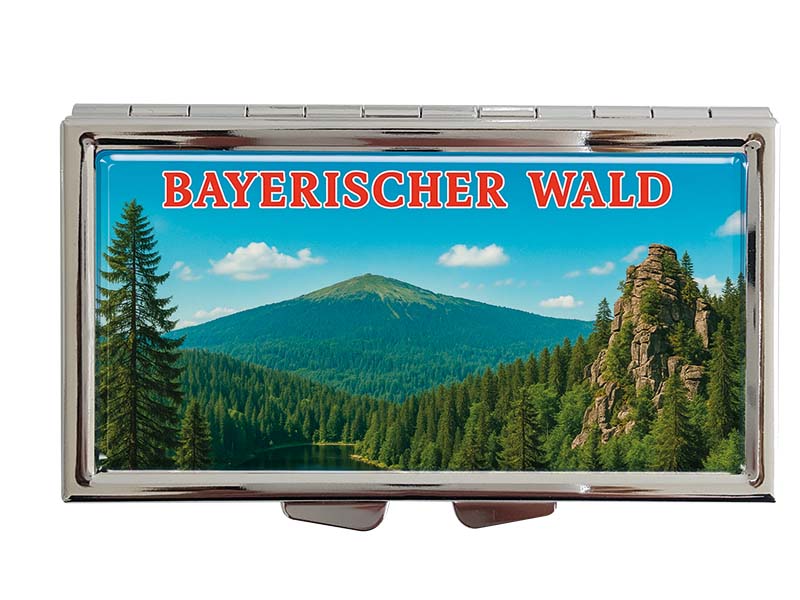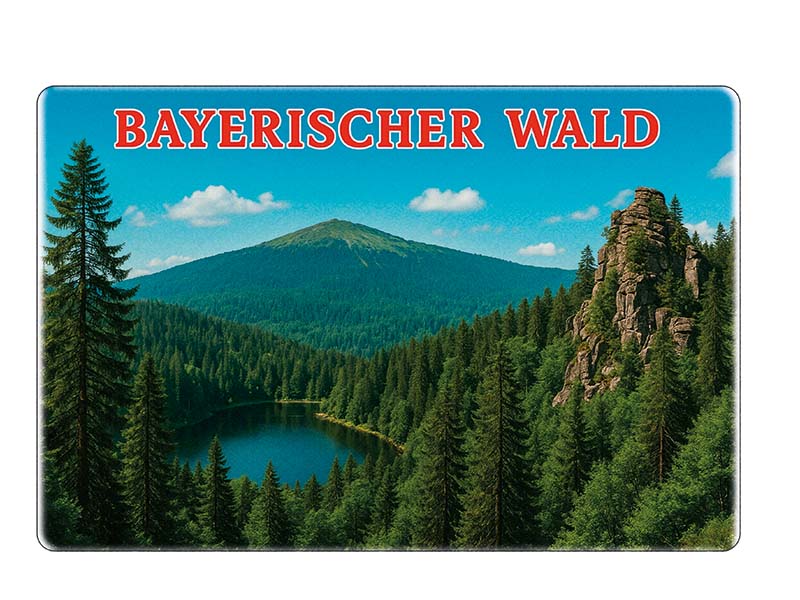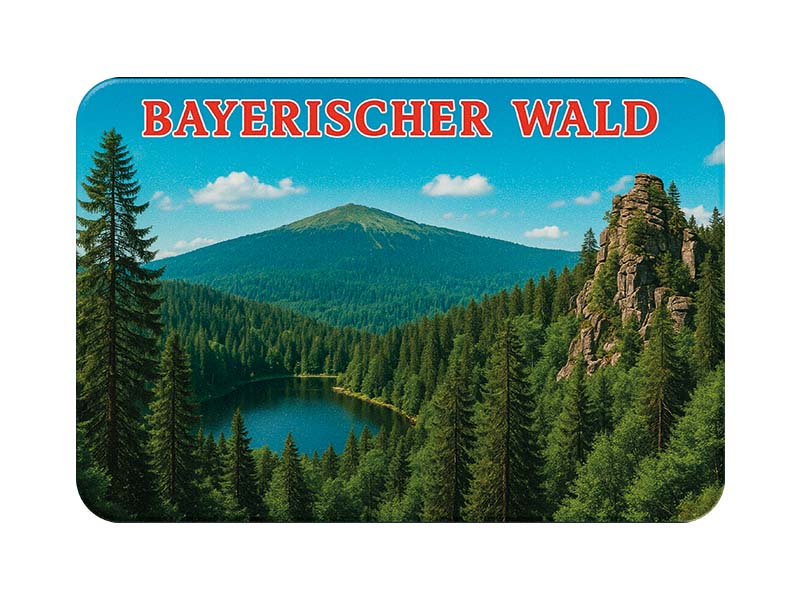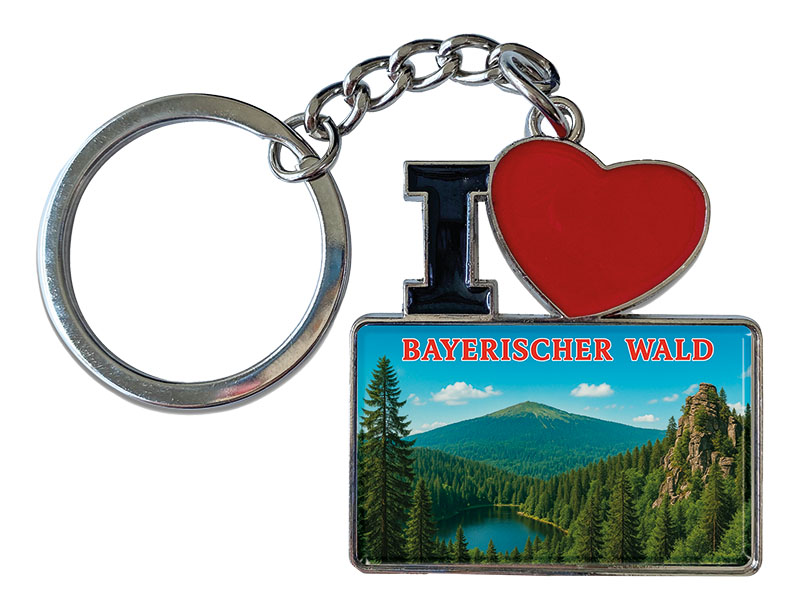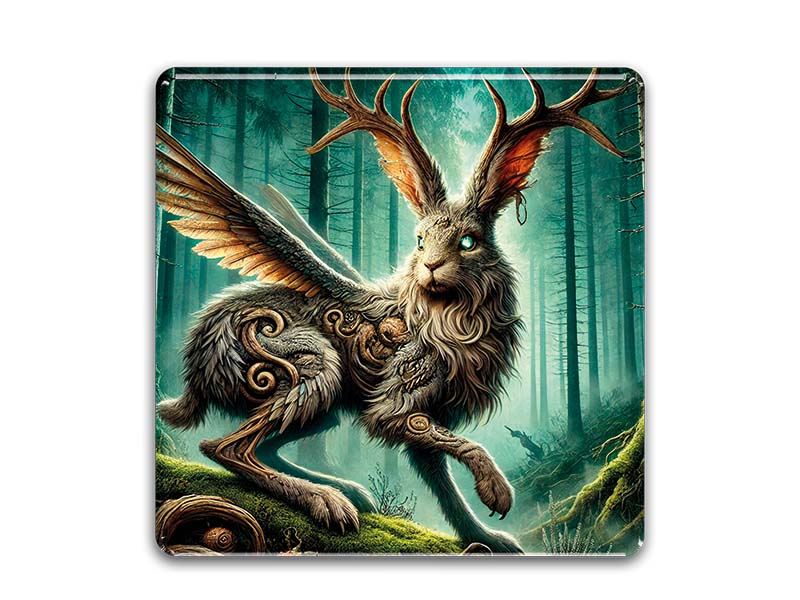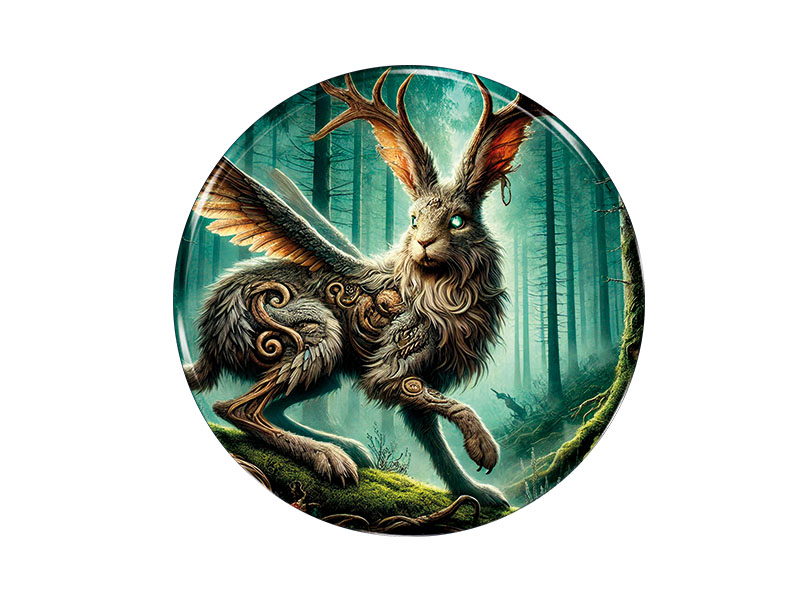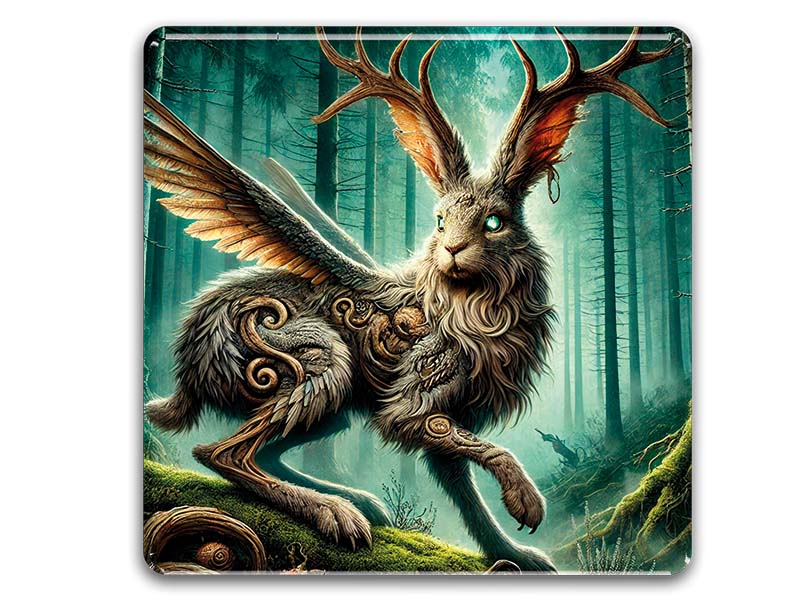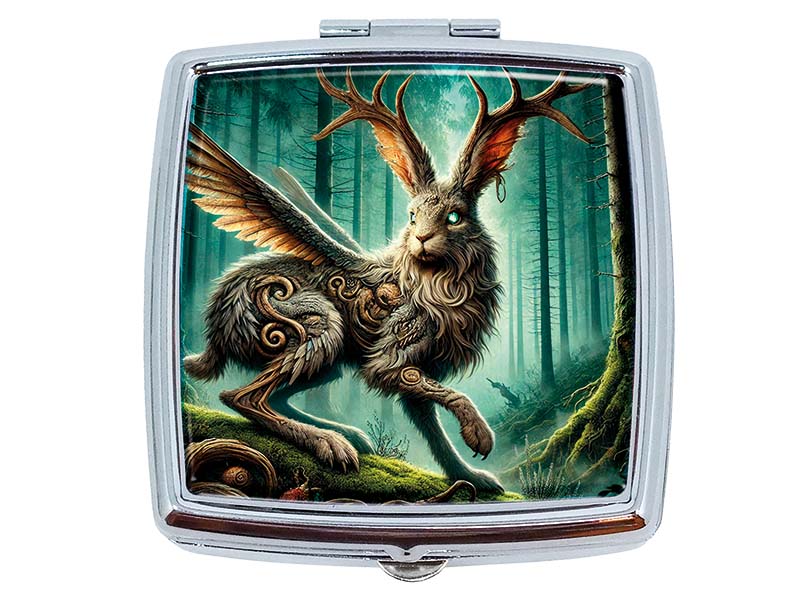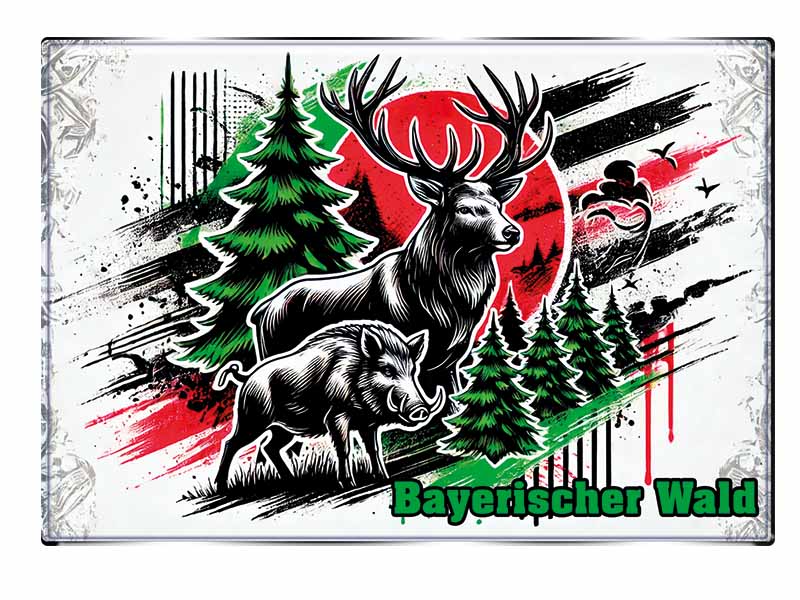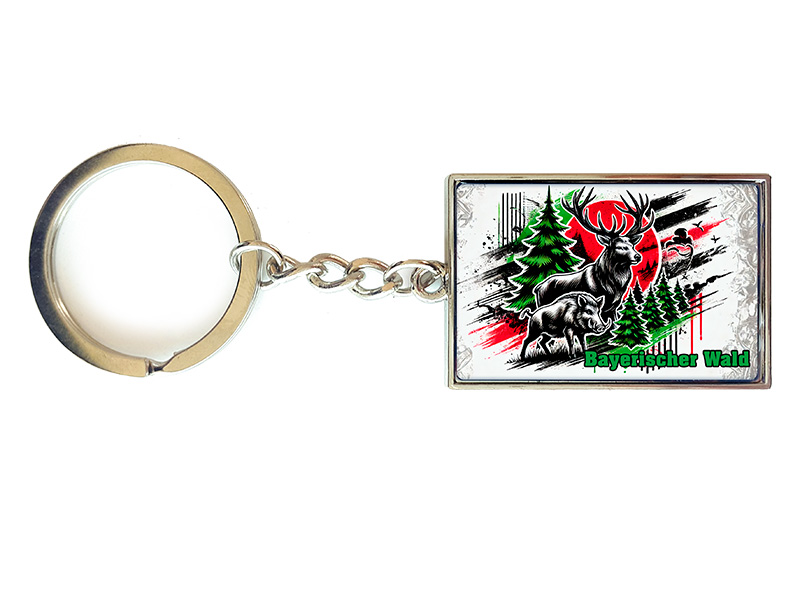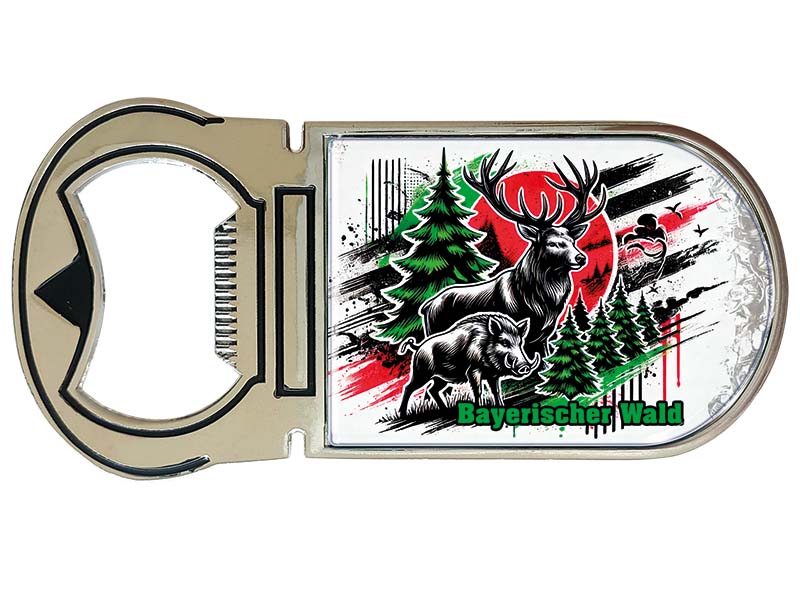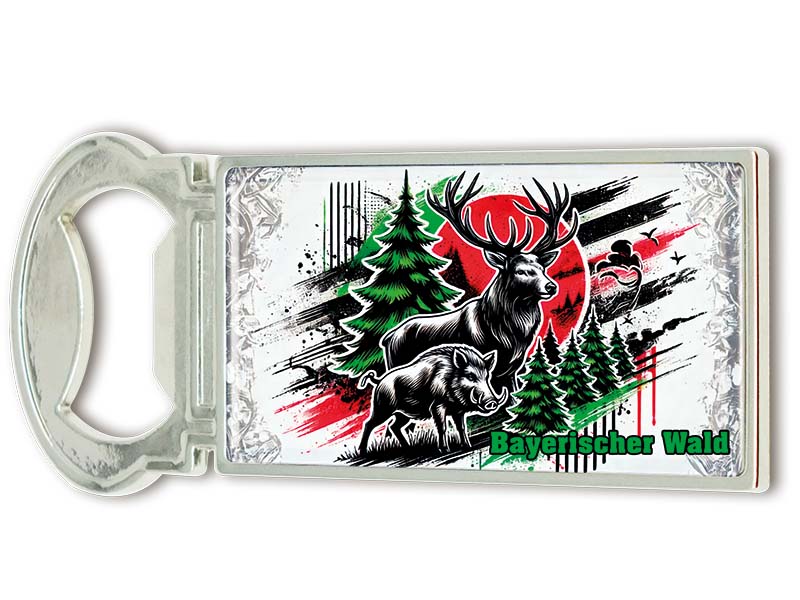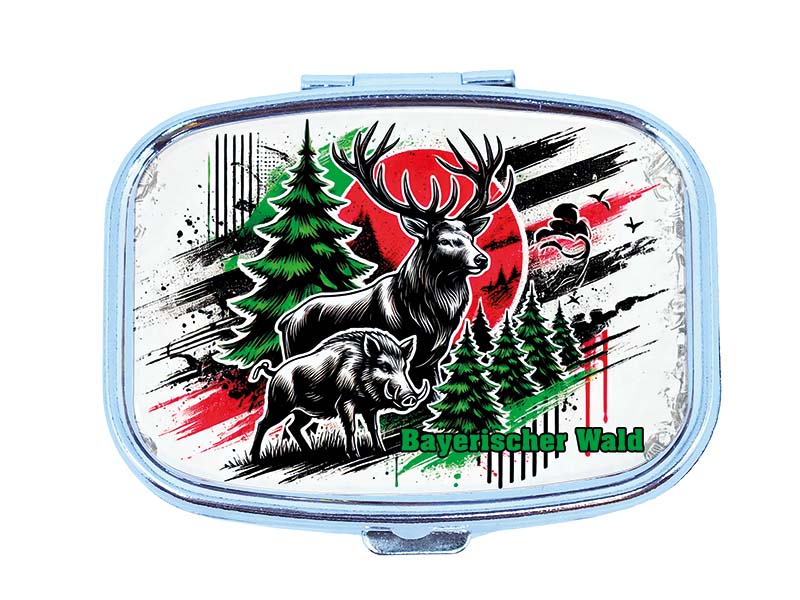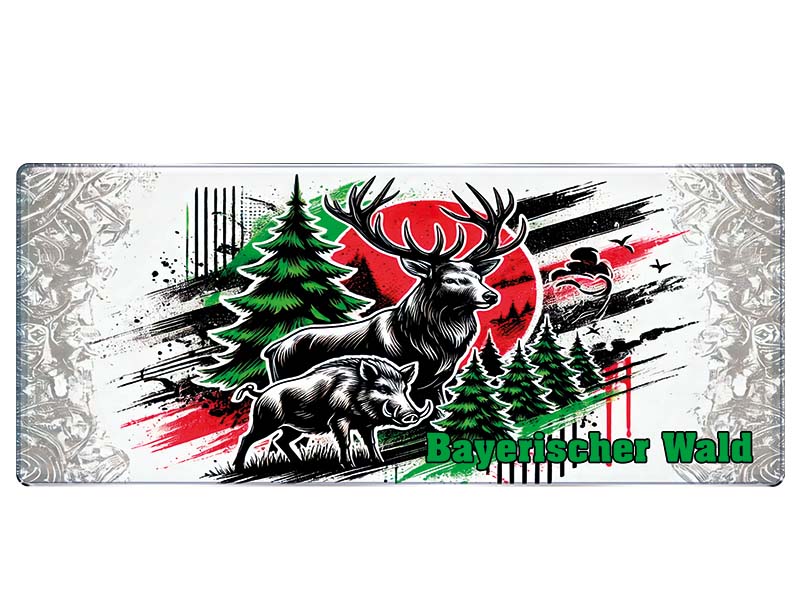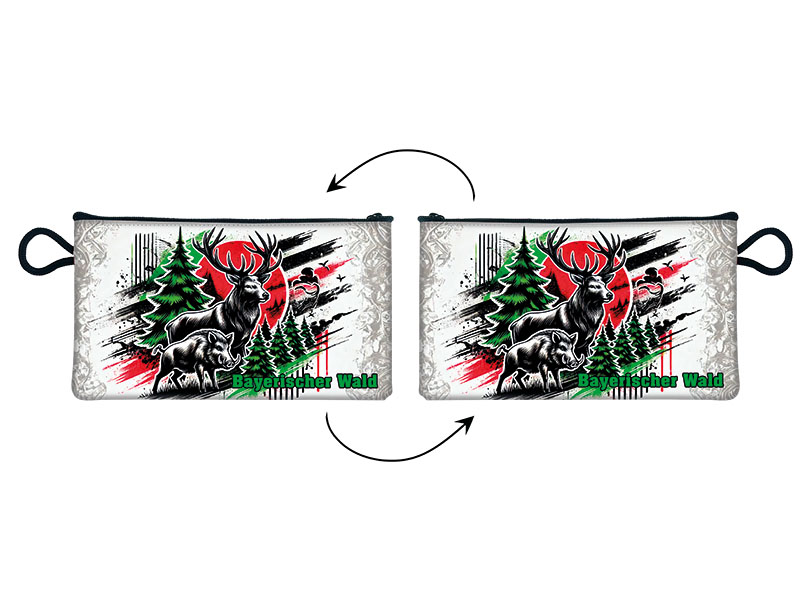- Vehicles
- Figures
- Witches
- Carnival
- Canvas
- Magnets
- Materials
- Maritime
- Hats
- New products
- Personalize
- Plush
- Dolls
- Collectible figures
- Keychain
- Special production
- %Special offers%
- Money boxes
-
Cities - Regions
- Bad Säckingen
- Bamberg
-
Bayerischer Wald
- Berchtesgaden
- Berlin
- Bodensee
- Bremen
- Brocken
- Chiemsee
- Cochem
- Dinkelsbühl
- Dresden
- Eibsee
- Frankfurt
- Freiburg
- Gardasee
- Garmisch-Partenkirchen
- Hamburg
- Harz
- Heidelberg
- Helgoland
- Insel Mainau
- Kleinwalsertal
- Koblenz
- Köln
- Königssee
- Leipzig
- Lübeck
- Mecklenburgische Seenplatte
- München
- Nürnberg
- Oberammergau
- Passau
- Potsdam
- Quedlinburg
- Regensburg
- Rothenburg
- Rügen
- Schwarzwald
- Stuttgart
- Sylt
- Titisee
- Traunsee
- Triberg
- Ulm
- Wernigerode
- Bags/Backpacks
- Textile
- Animal
- Subjects
More information? sign in.
More information? sign in.
More information? sign in.
More information? sign in.
More information? sign in.
More information? sign in.
More information? sign in.
More information? sign in.
More information? sign in.
More information? sign in.
More information? sign in.
More information? sign in.
More information? sign in.
More information? sign in.
More information? sign in.
More information? sign in.
More information? sign in.
More information? sign in.
More information? sign in.
More information? sign in.
More information? sign in.
More information? sign in.
More information? sign in.
More information? sign in.
The Bavarian Forest – A Natural Paradise, Cultural Landscape, and Historical Treasure
Geographic Location and Federal State
The Bavarian Forest (German: Bayerischer Wald) is a low mountain range in southeastern Germany, located in the eastern part of the federal state of Bavaria. It stretches along the border with the Czech Republic and covers several districts including Freyung-Grafenau, Regen, Deggendorf, Straubing-Bogen, Passau, and Cham. Its highest peak is the Großer Arber, standing at 1,456 meters (4,777 feet).
Geographically, the Bavarian Forest forms part of the larger Bohemian Forest massif, which includes the Šumava National Park in the Czech Republic, making it one of the largest contiguous forest areas in Central Europe.
Formation and Geological Features
The Bavarian Forest is among the oldest mountain ranges in Europe. Its origins go back roughly 300 to 350 million years, during the Variscan orogeny—a period of mountain formation caused by the collision of ancient land masses. Over time, the mountains were heavily eroded, leaving behind rounded summits and a landscape rich in gneiss, granite, and mica schist.
During the Ice Ages, the region was not glaciated, which preserved its ancient geological structures. Today, visitors can find features like blockfields (stone seas), raised bogs, and granite rock formations—especially around peaks like Lusen or Rachel.
History – From Frontier to Cultural Landscape
Human settlement in the Bavarian Forest began relatively late due to its dense forests and harsh conditions. It was not until the 10th and 11th centuries that monks and settlers started clearing the woods and establishing monasteries and villages. Monasteries like Niederaltaich Abbey played a key role in developing the region.
By the Middle Ages, the area became known for glass production. Abundant wood for fuel, along with local sources of quartz and potash, laid the foundation for a flourishing glassblowing tradition. Even today, numerous glass workshops and museums preserve and celebrate this craft.
The 19th and early 20th centuries brought the first wave of tourism, as the construction of railway lines made the region more accessible. Spa resorts, hiking paths, and rustic inns began to appear.
A major milestone in the region’s history was the creation of the Bavarian Forest National Park in 1970—the first of its kind in Germany. Together with the adjacent Šumava National Park in the Czech Republic, it now forms a vast ecological reserve of international significance.
Population and Notable Towns
The Bavarian Forest is sparsely populated, with an estimated population of 550,000 to 600,000 depending on the exact boundaries of the region. Major towns and cities include:
-
Zwiesel – Famous for its glass industry, population around 9,000
-
Freyung – Administrative center of the district Freyung-Grafenau, population approx. 7,000
-
Regen – The district capital, with about 11,000 residents
-
Grafenau – Gateway to the National Park
-
Waldkirchen and Viechtach – Local cultural and economic hubs
These towns are centers of traditional craftsmanship, local governance, and cultural life in the forested highlands.
Attractions and Points of Interest
The Bavarian Forest offers a wealth of natural and cultural attractions, making it a versatile travel destination:
Bavarian Forest National Park
Germany’s first national park covers around 24,000 hectares and features extensive hiking trails, primeval forests, a tree-top walk, and an animal enclosure where visitors can see native wildlife like lynx, wolves, and bison in natural habitats.
Großer Arber
The highest mountain in the region is a hotspot for hiking in summer and skiing in winter. A gondola lift, panoramic views, and alpine nature make it a must-visit.
Glassworks and Museums
Places like Zwiesel, Bodenmais, and Frauenau are famous for their glassblowing tradition. Visitors can watch artisans at work or even try the craft themselves.
Dreisessel Mountain
Located on the tri-border area of Germany, Austria, and the Czech Republic, this mystical peak is known for its bizarre rock formations and legends of ancient kings who supposedly met here.
Waldwipfelweg (Canopy Walk) St. Englmar
A family-friendly treetop trail offering sweeping views and interactive stations for kids and adults alike.
Niederaltaich and Metten Abbeys
Baroque-era monasteries with rich history and impressive architecture.
Museumsdorf Tittling
An open-air museum featuring over 150 historical rural buildings from Bavaria and Bohemia, including farms, mills, chapels, and craftsmen's workshops.
Lohberg Animal Park
Home to over 400 animals, this park focuses on native and endangered species in spacious, near-natural enclosures.
Tourism and Annual Visitor Numbers
The Bavarian Forest attracts 6 to 7 million overnight stays per year, with tourists coming from Germany, Austria, the Netherlands, and increasingly from Eastern Europe. It is a year-round destination, popular for:
-
Hiking, biking, and climbing in spring and summer
-
Wellness and spa retreats in autumn
-
Skiing, snowboarding, and cross-country skiing in winter
The quiet charm, natural beauty, and family-oriented experiences make it ideal for nature lovers and those seeking tranquility.
Famous People from the Region
Though relatively rural, the Bavarian Forest has produced or inspired a number of notable individuals:
-
Wolfgang Sandner (1949–2020) – Physicist and former president of the German Physical Society, born in Zwiesel
-
Michael Adam (b. 1984) – Once the youngest district administrator in Germany, from Regen district
-
Sepp Maier – Former German national football goalkeeper, long associated with the Bavarian Forest
-
Ludwig Bauer (1904–1968) – Renowned local poet and author whose work reflects the spirit of the region
The forest and its landscapes have also inspired painters, photographers, and writers across generations.
Traditional Food and Drink
Cuisine in the Bavarian Forest is hearty, rustic, and deeply rooted in peasant traditions. Typical regional dishes and drinks include:
Savory Dishes:
-
Bayerwald “Schmankerl” Platter: A traditional snack board with cold cuts, cheese, pickles, and rye bread
-
Blood and Liver Sausages: Homemade and often served at local festivals or after a traditional pig slaughter
-
Venison Ragout or Roast Wild Boar: With dumplings and lingonberries, often made from local game
-
Bavarian Roast Pork with dumplings and sauerkraut
-
Semolina or Liver Dumpling Soups
-
Wild Mushroom Dishes: Featuring chanterelles or porcini mushrooms, foraged from the surrounding woods
Desserts:
-
“Auszogne” (Knieküchle): A deep-fried pastry dusted with powdered sugar
-
Zwetschgendatschi: A plum sheet cake, often served with whipped cream
Drinks:
-
Local Beer: From regional breweries like Karmeliten, Falter, and Schlossbrauerei Moos
-
Bärwurz: A strong herbal schnapps made from the roots of the great masterwort
-
Holler Liqueur: Made from elderflowers or elderberries
-
Fruit Brandies and Schnapps: Apple, pear, and plum spirits, often from small, family-run distilleries
Typical Souvenirs
Travelers will find a wide range of unique and authentic souvenirs in the Bavarian Forest:
-
Crystal and Handblown Glassware: From Zwiesel, Bodenmais, and Frauenau
-
Woodcarvings and Handcrafted Nativity Figures
-
Herbal Products: Including teas, creams, and liqueurs from local plants
-
Regional Spirits: Like Bärwurz, Blutwurz, and fruit schnapps
-
Traditional Textiles: Embroidered fabrics and handmade linens
-
Honey and Beeswax Products: From local apiaries
-
Jams and Wild Game Specialties: Like deer sausage or wild boar salami
Many national park gift shops also offer educational games, wildlife guides, and locally themed children’s books.
Conclusion
The Bavarian Forest is much more than just a collection of trees—it is a living cultural region, a nature conservation success story, and a refuge for the soul. Its rich history, ancient geological origins, distinctive culinary tradition, and deep-rooted sense of identity make it one of Germany’s most rewarding destinations.
Whether you're exploring primeval forests, watching a glassblower at work, tasting wild boar stew, or hiking to a panoramic summit, the Bavarian Forest offers something authentic, restorative, and unforgettable.
It’s a place where nature and culture are still in harmony—and where every season brings its own kind of magic.

